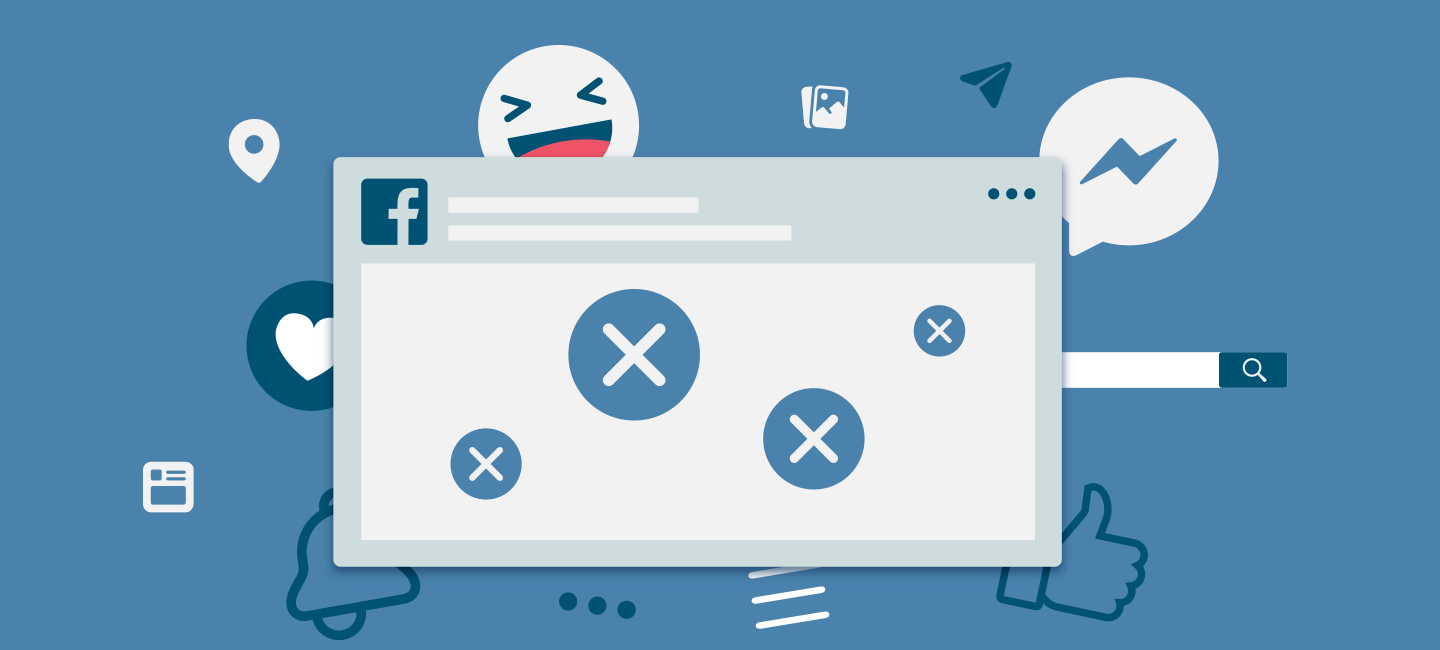Top 16 Facebook Marketing Mistakes Brands Need to Avoid
With over 90% of brands now on social, and between them spending over $13billion per quarter with Facebook alone, the clamour for consumers’ attention on the platform has never been greater.
It’s a pay-to-play platform and, if you are going to part with hard cash to get your messages heard, you’ve got to be sure you’re spending your money wisely. This means getting every element of your Facebook marketing plan right.
Yet there are mistakes which many brands still fall foul to. Here are the top 16, and our thoughts on how to avoid them.
Mistake One: The Page Set-up is Never Finished
Time and time again, we see unfinished brand pages on Facebook. If you are going to go to the effort of setting up a feed, take the time to do it properly. This includes:
- Adding a call to action (CTA) button to your profile – such as send a message, shop now, learn more etc. It’s a small touch but one which will help make your social media activity work harder for you
- Completing your ‘about us’ section – make sure it covers:
- Your website URL
- An email address
- Office address(es)
- Phone number(s)
- Company overview
- Mission statement (or similar)
- Other social media channels.
- Setting out your customer service response times in your ‘about us’ section – e.g. ‘this page is checked 9-5pm, Monday to Friday’. This will help to manage customers’ expectations if you do get complaints via the platform, and most brands do
- Creating and publishing community guidelines – deleting posts on your page is generally done at your peril, but there are times when you have no choice. Minimise the risks by clearly laying out the purpose of the page, and the type of content you will remove e.g. comments, links, images or videos which are obscene, profane or hateful in nature.
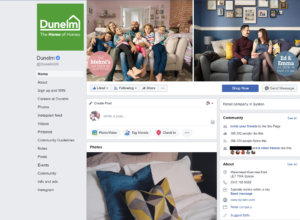
Mistake Two: The Page Is Never Verified
A page verification on Facebook is an excellent way to establish brand credibility online. Contrary to popular belief, both large brands and local businesses can be verified.
The blue, or grey, badge lets your audience know you are authentic, and helps your page to show up higher in search results, making it easier for customers to find.
There are two ways to get your page verified:
- The slow way, which will likely take several months, if not longer
- Click on Settings at the top of your Facebook page
- From the general menu, click Page Verification
- Click on Verify this Page and then Get Started
- Have Facebook call you, or provide documentation.
- The quick way, which takes a matter of days
- Ask your Facebook Account Manager to verify the page
If you don’t have a Facebook Account Manager (and you can’t approach them, they reach out to you), ask a Facebook account managed agency (like us!)
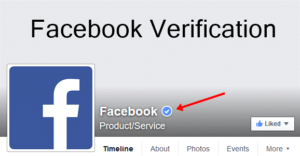
Mistake Three: The Page Isn’t Kept Up To Date
Many businesses are now great at publishing competition T&Cs under ‘notes’ but too many forget to take them down when the competition closes. It’s not the end of the world, but out-of-date content doesn’t paint an impression of a proactive company with a fierce attention-to-detail, and high-quality customer service.
Mistake Four: The Rules Are Broken
Facebook is quite clear – competitions which ask entrants to share a post (directly, or by ‘tagging a friend’) are not allowed on the platform.
Break the rules and Facebook could choose to punish your page. It could suspend people from liking your page for a certain period of time, it could remove the likes which were accumulated over a certain period, it could take your page access away, or completely delete your page (admittedly, very rare).
More likely, it will just cheapen your brand in the eyes of the customers you are trying so hard to woo. Social media users are getting infinitely better at recognising when a giveaway is legitimate, and when there might be something awry. Running a giveaway in violation of Facebook’s guidelines is, more often than not, viewed as a business trying to get an edge by exploiting users, in place of spending advertising money.
Mistake Five: It Takes Too Long To Get Back to Customers
By and large, most brands now know not to leave negative comments and customer questions unanswered. What many people don’t understand, is the extent to which Facebook will share your response times.
Facebook wants business to actually help and to respond to their followers. It believes this shows that you actually care, and it is right.
So, to encourage businesses to up the ante on customer dialogue, any brand which has Facebook Messenger turned on will find a pop-up appears whenever a customer visits their page, clearly showing the typical response times.
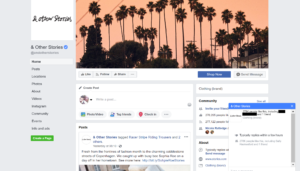
Brands can also earn a ‘very responsive to messages’ badge. You just need a response rate of 90% or more, and a response time of 15 minutes or less.
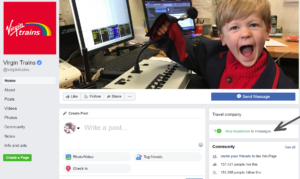
Does this matter? I guess it depends on how important good customer service is to your consumers and how much it will influence where they spend their money.
Mistake Six: There Is No Two-Way Dialogue
As above, most brands do now respond to negative comments, but far too many forget to acknowledge the good, and if there is one sure-fire way to unsettle a loyal, happy customer, it’s to ignore them.
We always tell our clients to treat positive and negative comments with equal weight, and to go back in a timely manner to each. It makes all the difference.
Mistake Seven: Pages Aren’t Run Through a Business Manager Account
If you don’t have a Business Manager account, chances are you are manually adding users as ‘admins’ to the page.
This can become a real issue if you have a high turnover of people and forget to remove a worker’s access once they have left the business, or, worse still, they leave with the password details to the account and you’re locked out with just the Facebook help button to rescue you.
Mistake Eight: Location Structure Or Global Pages Aren’t in Place
If you are a brand with multiple locations, or operate in multiple regions and have a range of accounts, then you should look at implementing location structure, or global pages.
These tools allow you to create one overall parent page and have the location pages as child pages, which are all in one place with one signal access point.
You can publish posts from the main page to all location pages – the content will automatically trickle down to the location pages. Better still, these are not separate posts – the engagement metrics (reactions, comments, shares) are rolled up into the main post. You can also post to a specific location page only.
In addition, if a user has their location turned on via their device (mobile, tablet or computer), the nearest location page is more likely to appear as one of the first choices in an online search, and on Facebook.
Each location page has its own Facebook Messenger account, the hours can be controlled per page, plus you can serve ads to the various locations.
Mistake Nine: Content Is Duplicated Across Platforms
There is no excuse for duplicating content across platforms. Firstly, if a consumer is a fan of your brand, chances are they will follow you on Instagram and Facebook, and maybe Twitter too. Yes, it is easy to tick a box and have one post appear across all of your channels, but no one is impressed by being served the same content twice. It looks lazy.
Secondly, content that works for Facebook, doesn’t work for Instagram – and vice versa. Hashtags aren’t used on Facebook, and imagery really needs to look the part on Instagram. Duplicating content just doesn’t work.
Mistake Ten: There Is No Sign-Off Process
We have a simple rule here. If you write the content, you don’t schedule it. Poorly written posts cheapen brand equity. Get them proof-read.
Mistake 11: There Are No Tracking Pixels
If you are going to prove the value of social to your business, you need to be able to track what your social customers actually do and, for that, you need a Facebook tracking pixel.
We love the Facebook Pixel Helper – a Chrome plugin. Not only can you find out how your pixel is performing, you can see how many of your competitors have a tracking pixel too.
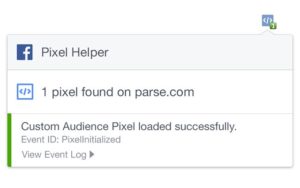
Mistake 12: Someone Forgot To Set Up a Facebook Shop
If you are an ecommerce brand, you need a Facebook Shop. This will allow you to tag products and run collection adverts (an ad format which showcases products and prices).
You can set up a Shop in two ways – manually adding the products, or by linking an XML feed from the backend of your website’s ecommerce system.
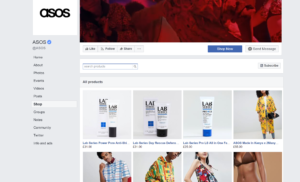
Mistake 13: There Are Just Way Too Many Posts
In early 2018, Facebook announced it was all about meaningful interactions. It doesn’t want brands spamming its users. Post too often and Facebook will curtail your reach. You won’t get the most out of your ad spend either.
Mistake 14: There Is No Paid Media Strategy
Everyone now knows that Facebook is a pay-to-play platform. Not everyone knows how to best maximise their media spend for the best results.
We’ve covered this before in 12 Things You Need to Know About Facebook’s Latest Algorithm Change but Facebook’s core advice is this:
- Don’t focus on vanity metrics – page likes, reach and engagement. These won’t allow you to sell the power of social to your business
- Instead, focus on an objective – what do you want your target audience to do when they see your content? Watch a video? Sign up? Shop? Book now? Build your ad, and your KPIs, around a commercial objective
- Have a test and learn approach – social media is forever changing and it’s important you test the latest creatives, ad formats and trends across platforms. Run your feed with a 70, 20, 10 approach. 70% tried and tested, 20% new and 10% ‘way out there’.
Mistake 15: There Isn’t Enough Video Content
Video is king on Facebook (in fact, Facebook states that by 2020 all content on the platform will be video), and brands generally receive a much higher reach when using video.
Video doesn’t have to be a costly work of art. Any ‘moving asset’ can be converted to an MP4 file, thus deeming it a ‘video’ in the eyes of Facebook.
Mistake 16: The Strategy Focuses On Page Content Only
A decent Facebook strategy will include Facebook Stories (offering brands an area to post reactive content that is live for 24 hours) and Facebook Live. Ensure you take advantage of Facebook Live for product launches, events and key seasonal dates (i.e. Black Friday).
The author: Jane Ainsworth is managing director of WPR. She has over 20 years’ experience in developing and delivering communications strategies for consumer brands including Dunelm, Tesco, Mothercare, Greene King, John Lewis, Bullring, Beaverbrooks and Westfield.
